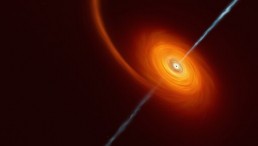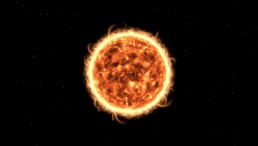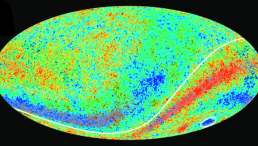Solar System
Sun's Superflares Enough To Destroy Modern Civilization
NASA Video Shows Giant Solar Filament Exploding from the Sun
Scientists Believe That Venus Holds the Secret of How Life Developed on Earth
Organic Molecules Discovered in Young Star System
With the Help of ALMA Astronomers Find Complex Organic Molecules in Infant Solar System
Jupiter Could Forever Be Known as the Solar System's Wrecking Ball
Jupiter and Its Moons Set to Put on Astronomical Show
NASA Receives Proposals for More Solar System Exploration
Thanks To Lunar Reconnaissance Orbiter NASA Reveals What Lies on the Dark Side of the Moon
Dust on the Ocean Floor Reveals Ancient Supernova
New Horizons Prepares for Pluto Flyby
Meteorites and the History of Our Solar System: Not Everything Is As It Seems
What the Taurus Constellation Can Teach Us About Our Solar System’s Birth
Binary Stars Merge and Beat Supermassive Black Hole
Most Popular
![Apple Is Developing Homegrown Chips to Run AI Tools in Data Centers [Report]](https://1721181113.rsc.cdn77.org/data/thumbs/full/53497/89/56/50/40/apple-is-developing-homegrown-chips-to-run-ai-tools-in-data-centers-report.jpeg)
Apple Is Developing Homegrown Chips To Run AI Tools in Data Centers [Report]

Rare Wooden Structure From Bronze Age Discovered by Archaeologists in Well-Preserved Condition

Ultra-Processed Foods Linked to Shorter Lifespan, Study Reveals; How Dangerous Are They?

Prehistoric Pandemic: How Did ERV-FC Infect Mammals for 15 Million Years?




![China's Chang'e 6 Moon Mission Appears to Include an Undisclosed Mini Rover [See Photos]](https://1721181113.rsc.cdn77.org/data/thumbs/full/53548/258/146/50/40/chinas-change-6-moon-mission-appears-to-include-an-undisclosed-mini-rover-see-photos.jpeg)
